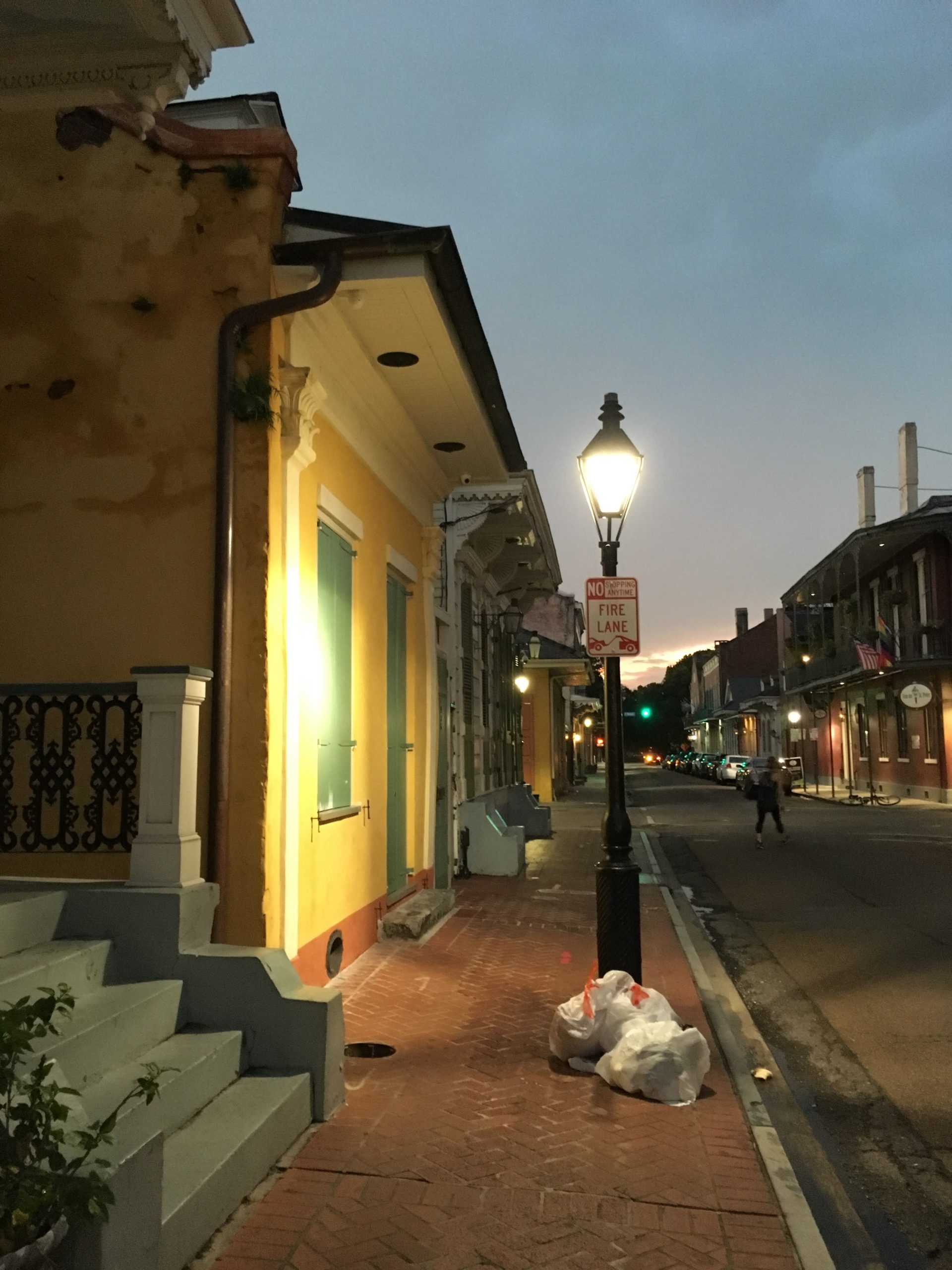
topos 105 contains an article about LaToya Cantrell, mayor of New Orleans. Accompanying the print article, we publish a five-part series on our website. Part 3 is about the sense, benefits and associated problems with and through the Louisiana’s Road Home program.
topos 105 contains an article about LaToya Cantrell, the first female mayor of New Orleans. She led the recovery of one of the city’s neighborhoods after Hurricane Katrina. Our author discusses the question: Can she facilitate the coordination, cooperation and funding that are critical for achieving the city’s resilience towards future disasters? Accompanying the print article, we present a five-part series on our website.
The third part is about the sense, benefits and associated problems with and through the Louisiana’s Road Home program.
A catastrophic failure of initiative took place during the response to the Hurricane Katrina disaster, due to institutional fragmentation and decision-making across multiple tiers of government. The failed interplay between state and local institutions shaped the character of recovery programs and, as a direct result, hampered rebuilding efforts in hard-hit areas of the city. The limited capacity of African-American citizens to respond to disaster and rebuild their homes was even reinforced by recovery program requirements.
Highest percentage of buyouts citywide
After Katrina, the state of Louisiana proposed an action plan to help homeowners recover from the severe storm impact and the failure of flood protection structures. Louisiana’s Road Home program was developed to provide financial support for rebuilding based on existing property values. Due to federal intervention, the program was changed to include a buyout option to compensate homeowners, particularly those who couldn’t rebuild. Renters weren’t represented in adequate ways and only with regards to private owners of rental properties. Road Home applicants struggled with difficulties related to low property values and an over-reliance on recovery grants due to lacking financial resources. Residents of poor, black neighborhoods such as the Lower Ninth Ward were clearly disadvantaged, and their problems with the Road Home program contributed to an above-average number of buyouts and the highest percentage of buyouts citywide.
Skyscrapper
Halfpage

Stabilization of local rebuilding rates
Many of these buyout lots are categorized as “blighted” properties. They feature deserted or damaged buildings, are vacant or unkept – all the more problematic in a subtropical climate, where vegetation grows quickly and invites rodents. The New Orleans Redevelopment Authority is responsible for planning strategies aimed at the many properties where owners failed to recover. The Lot Next Door program was developed to enable residents to purchase neighboring, vacant properties. This allowed the stabilization of local rebuilding rates and an increase in value of consolidated properties. Many vacant lots perform badly on the real estate market, and market-based solutions seldom apply. Currently, the aim is to include alternative criteria other than price into the purchasing process to protect owners. The empty lots also find alternative uses and become water gardens or urban farming locations.









